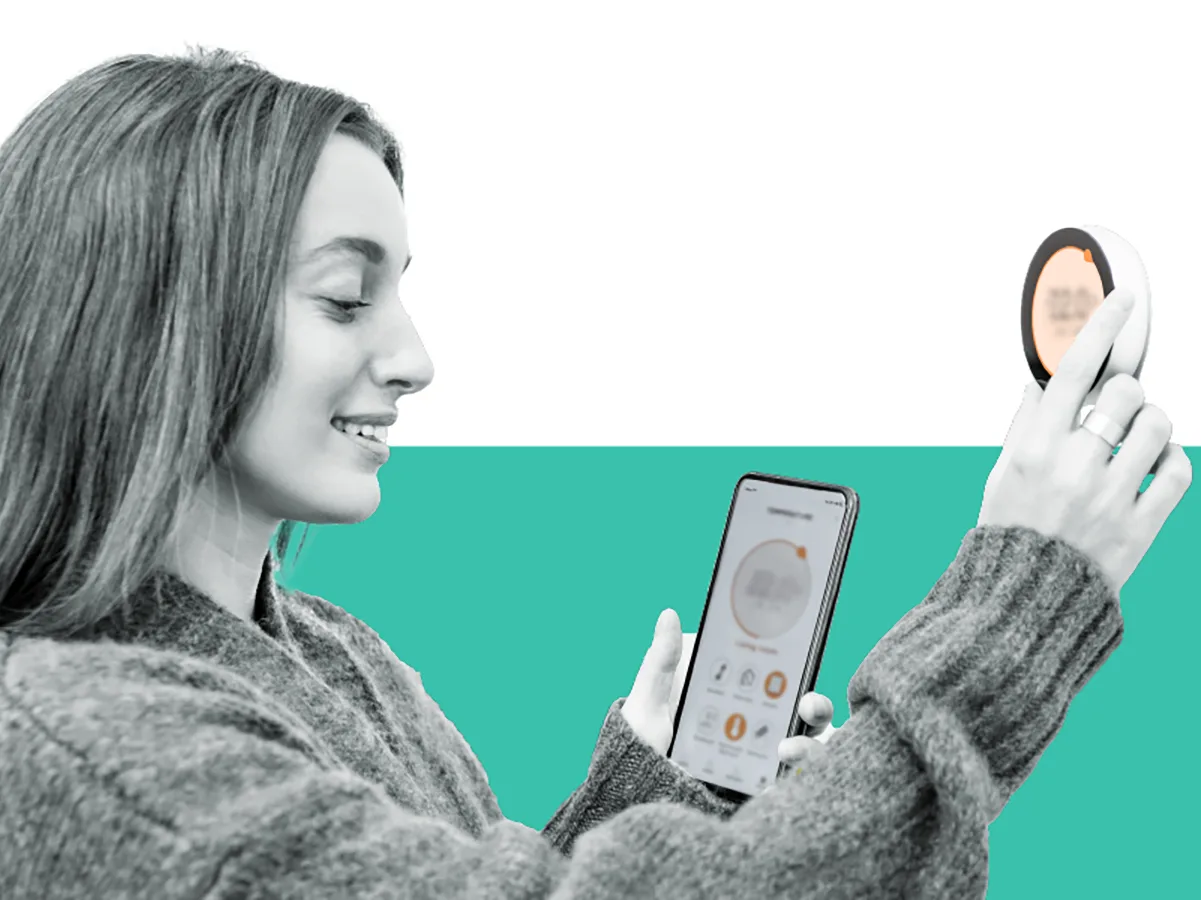
With a novel and engaging research approach, ILLUME identified strategies for an electric utility to serve a broader, more inclusive group of customers residing in the Korean, Vietnamese, Chinese, and Latine communities.
The Challenge
Access to utility programs and services varies and not every customer’s experience is the same — or has any experience with them at all. Determined to find better ways to connect with underserved customers in the Chinese, Korean, Vietnamese, and Latine communities, an electric company enlisted ILLUME to use novel research approaches to understand customer attitudes towards energy efficiency, and behaviors and motivations around energy efficiency equipment and offers.
We use Latine as a gender-neutral alternative to Latino/Latina. Latine customers who shared their perspectives with us identified with varied cultural heritages from Mexico as well as other areas in Central and South America.
The Approach
Using an online experience diary tool, ILLUME gathered feedback from 25 customers about their experiences and motivations related to their homes and energy use. Participants offered insights into their day-to-day lives, including issues affecting them on a deeper level, through completing activities such as image and video uploads, daily diaries, sorting activities, and snapshot surveys.

We provided study materials in five languages including Vietnamese, Korean, Chinese (Simplified), Spanish, and English. To ensure that participants were comfortable with the study and could ask any questions, we connected participants with moderators based on their preferred language. Respondents completed tasks at their own pace using their mobile phones, tablets, or computers over a two-week period.
ILLUME analyzed this rich data to address complex research questions, such as:
- How, if at all, do cultural norms and practices, including preferred language, impact customer experiences or motivations related to utility energy efficiency programs and zero-interest financing offerings?
- What energy saving actions do customers practice in their homes?
- What are customers’ attitudes and priorities around energy efficiency and efficient equipment?
- What types of community resources and services, other than the client’s offerings, do customers use?
As participants completed the variety of activities outlined above, we learned more about respondents’ priorities and preferences than would be possible through typical survey questions. The extended response period also provided a more nuanced glimpse into day-to-day lives than point-in-time surveys or interview research.
The Results
ILLUME research concluded that respondents are focused on making their homes more comfortable for the entire family, and could use more support to make that comfort a reality.
We learned that:
We is more important than Me when it comes to energy preferences (e.g., room temperature). Respondents almost always placed a higher emphasis on the needs of their family than themselves, with some going to great lengths to ensure a comfortable home for their family members.
Customers are already going above and beyond with respect to energy-saving behaviors. Respondents described behaviors and actions associated with their thermostats, such as using the auto-schedule features, and described taking actions such as opening a window or using a fan or blanket to avoid adjusting the thermostat to save energy and money on their energy bills.
Language preference can fluctuate during the lifecycle of engagement. Some respondents switched back and forth between English and their first language throughout the study, depending on the type of interaction.
Information and referrals are an important part of decision-making. Respondents seek information and referrals on home improvement repairs from multiple sources, including friends and family, YouTube, and big box home improvement stores.

The Takeaway
Energy conservation, fiscal responsibility, and family are top drivers for respondents from the Korean, Chinese, Vietnamese, and Latine communities to save energy. In addition, a suite of in-language, culturally relevant resources that span a customer’s journey through a program may increase program participation and satisfaction. It is important for ILLUME’s client to tailor messaging for cultural relevancy around core themes, while recognizing differences within the communities around orientation to energy efficiency, such as:
- The Future Looks Bright: Preservation of society and safeguarding future generations should be implicit to messaging to resonate with those who put family and community first.
- Head of the Class. Recognizing customers that are already reducing their energy use and informing them about additional energy-savings programs they can participate in will provide those customers with peace of mind.
- Need Some Convincing: Recognizing that some customers are not willing to invest or pay more money to improve their home’s energy efficiency, and providing them with rebate options and information through their trusted channels will help justify spending and encourage their participation in programs.
- Best of Both Worlds: Customers need reassurances that energy efficiency doesn’t need to come at the expense of family comfort.






